
Transient neonatal pustular melanosis is a skin condition. It is benign and self-limited disease that only affects newborn babies (hence the name neonatal). During many years transient neonatal pustular melanosis was classified together with vesicular and bullous lesions and referred to as pemphigus neonatorum. However, the condition was eventually separated and today it represents an unique medical entity. There is no reason for parents to worry because transient neonatal pustular melanosis does not cause any long-term sequelae. In the United States the condition affects 2.2% of white infants and 4.4% of black infants. This drives to conclusion that condition affects more people with darker constitutive pigmentation.
Transient Neonatal Pustular Melanosis Causes
The actual cause of this medical condition remains unknown. It will take years of research in order to identify the underlying cause or triggers of the disease.
Transient Neonatal Pustular Melanosis Clinical Characteristics
Skin lesions go through 3 stages. In the beginning the skin is covered with uniform and round nonerythematous pustules. These are approximately 2-4 mm in diameter. Pustules are not clear. On contrary, they contain milky or purulent exudate. These skin changes are rather fragile and easily burst. It is possible to overlook such lesions during cleansing of the vernix from the child's skin. The explanation is simple. Such skin changes are superficial and therefore easy to be wiped off. Still, if pustules affect the thicker portions of the skin (e.g. knees, palms etc.) they may linger for some time and, unlike the previous ones, are quite noticeable.
In the second stage of the disease each denuded pustule gets surrounded with a delicate collarette made of thin white scale. There is a slight difference between skin lesions in near-tern infants and term infants. Namely, in the first group the pustules are generally unbroken while the second group has only macules with telltale collarette of flaking epidermis remaining.
Finally, the third stage is characterized by central pigmented macules. These are round with smooth and distinct borders. Such skin changes resemble freckles. The baby may have many such macules or only a few. They predominantly form under the chin, on the neck, upper chest, back and buttocks. In rare cases the palms, soles and scalp get affected.
Transient Neonatal Pustular Melanosis Treatment
Fortunately, the condition is benign and requires no treatment. Transient neonatal pustular melanosis is self-limited, meaning that it does not spread to the rest of the body. It soon withdraws and brown macules completely fade away over several months.


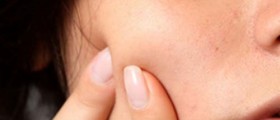
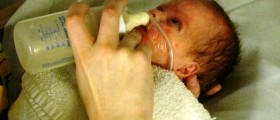


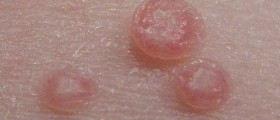
-And-Children-16-Warning-Signs-And-Symptoms_f_280x120.jpg)



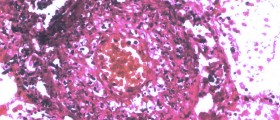

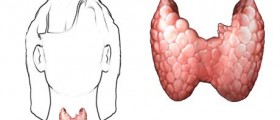
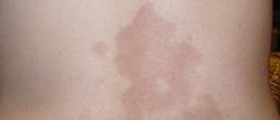
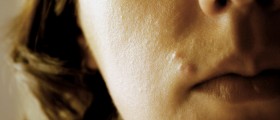

Your thoughts on this
Loading...